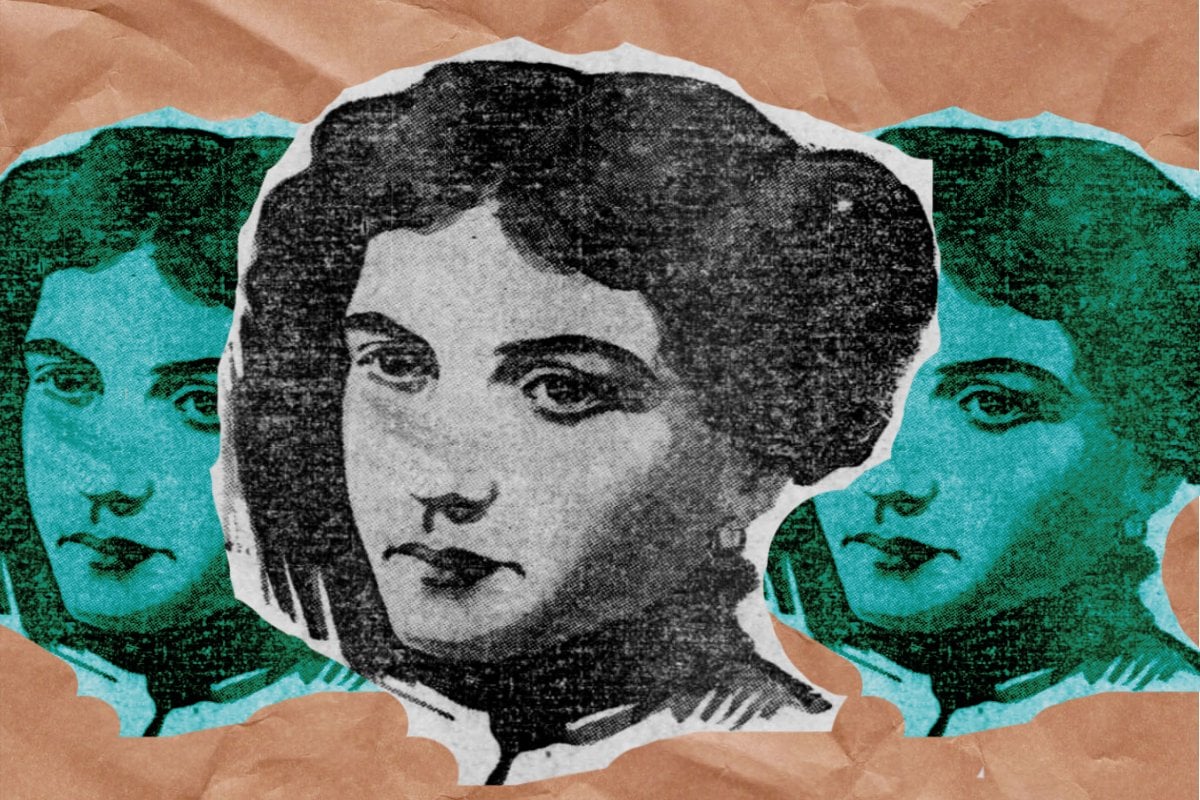
On Easter Sunday, April 11, 1911, Angelina Napolitano's husband napped in the spare room of their house in Sault Ste. Marie city, Canada.
As he slept, Pietro's wife walked into the room, raised an axe she had sharpened above his head, and swung, murdering him. It was a cold, brutal ending to his life.
Moments later, she went to her neighbours and said, "I just killed a pig."
It's a chilling tale — but to this day, Angelina is considered a hero in the history books, a pioneer in the echelons of feminism and a figure who changed the way domestic abuse victims are trialled in a court of law.
All for killing her husband.
Who was Angelina Napolitano?
Angelina Napolitano was born just outside of Naples, Italy in 1882. When she was just 15, she married a man named Pietro before emigrating to New York City, where they lived for seven years.
After experiencing life in America, they decided to pack up and head north where they settled in the Canadian city of Sault Ste. Marie in Ontario with their four children.
A husband obsessed with status.
Despite several sources saying the married couple had been happy in their native Italy, the relationship began to sour after they made the move overseas. They had moved to North America in search of a better life but apparently Pietro became obsessed with status and would stop at nothing to keep up with the lavish lifestyles of his contemporaries.
As a result of his deep desire to life an affluent existence at any cost, Pietro pushed his wife into prostitution to make more money. Ultimately, his suggestion to do "bad business" caused a rift in the marriage and they temporarily split. In 1910, the couple reconciled but it was clear Pietro was harbouring resentment, jealousy and severe ill-will towards his wife.

Top Comments